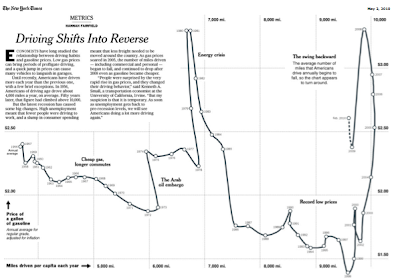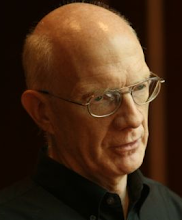
- While motoring*, have you ever tried to scrupulously observe the speed limit, anywhere in the US, any time in, say, the past 8 years? What happened? (Bonus question: Was there bloodshed?)
- When's the last time you saw a motorist make a complete stop at a stop sign when it wasn't mandated by cross traffic?
- If you live in an area where cellphone use is illegal while driving, do you see people doing it anyway?
- Are there stretches along your cycle commute where litter is really bad? (Bonus question: How many times in the past, say, month have you noticed complete fast food bags discarded?)
Ethics seems to be about finding the balance between the principle and the practicality of the situation. Consider the well-known "four-way test" of the Rotary Club International:
- Is it the TRUTH?
- Is it FAIR to all concerned?
- Will it build GOODWILL & BETTER FRIENDSHIP?
- Will it be BENEFICIAL to all concerned?
Traffic laws (and for that matter, littering laws) are thankfully areas where the principled and the practical coincide, or at least overlap greatly. A commenter on a previous post noted that cyclists (and pedestrians) in Denmark were scrupulously observant of traffic laws, and I've noted the same on my travels to Europe, in Germany, Switzerland, Belgium, and Sweden. (France is, well, another story.)
I'm always flummoxed when I see a bicyclist, say, commenting on a blog, defending his right to break the traffic laws. Neither principled nor practical.
*I recognize this blog is not about motoring, and it may be that many readers of this blog in fact never act as motorists. To you, I doff my helmet and bow.






